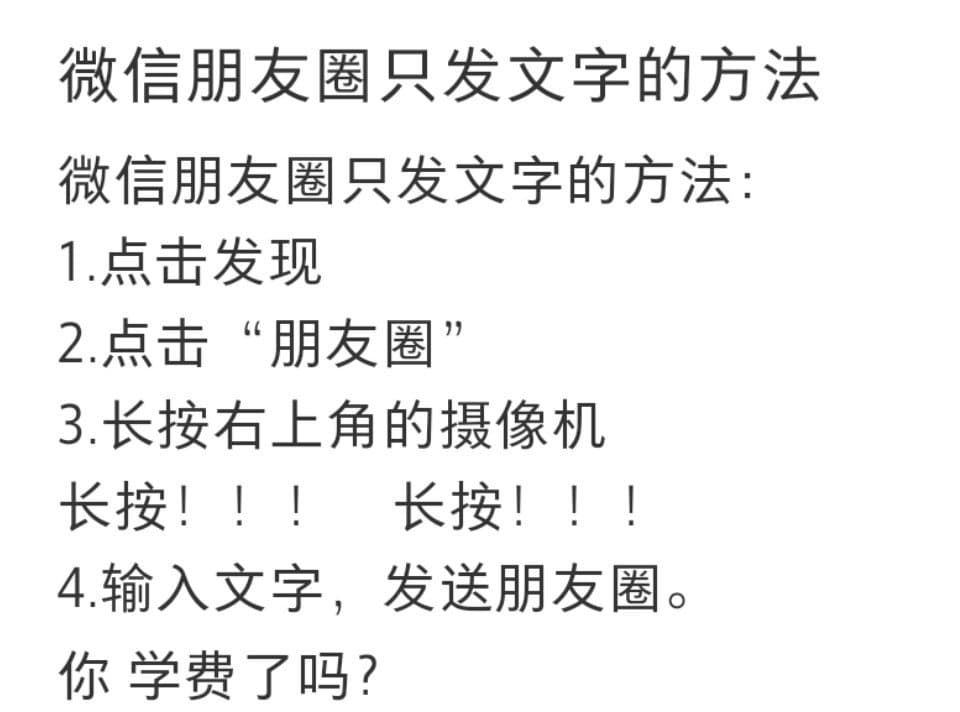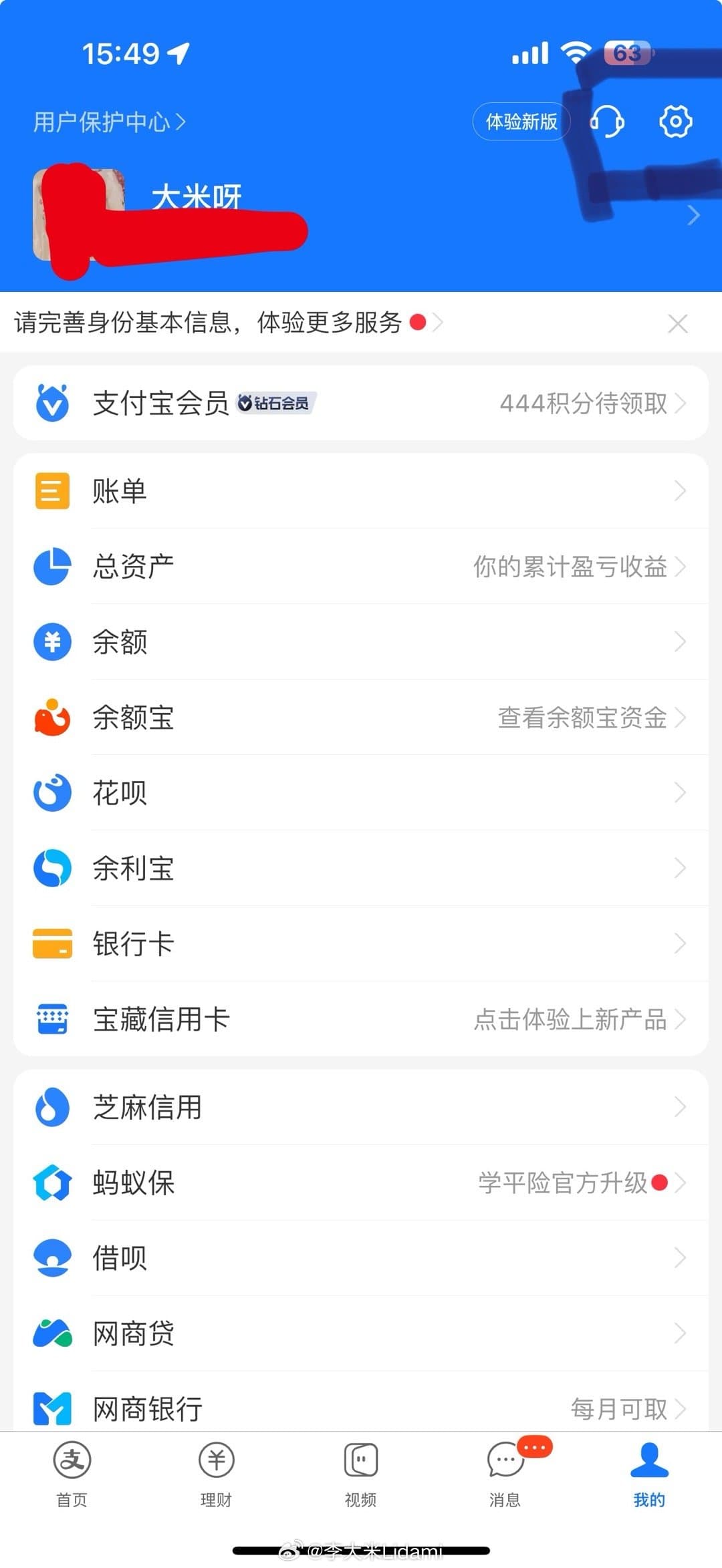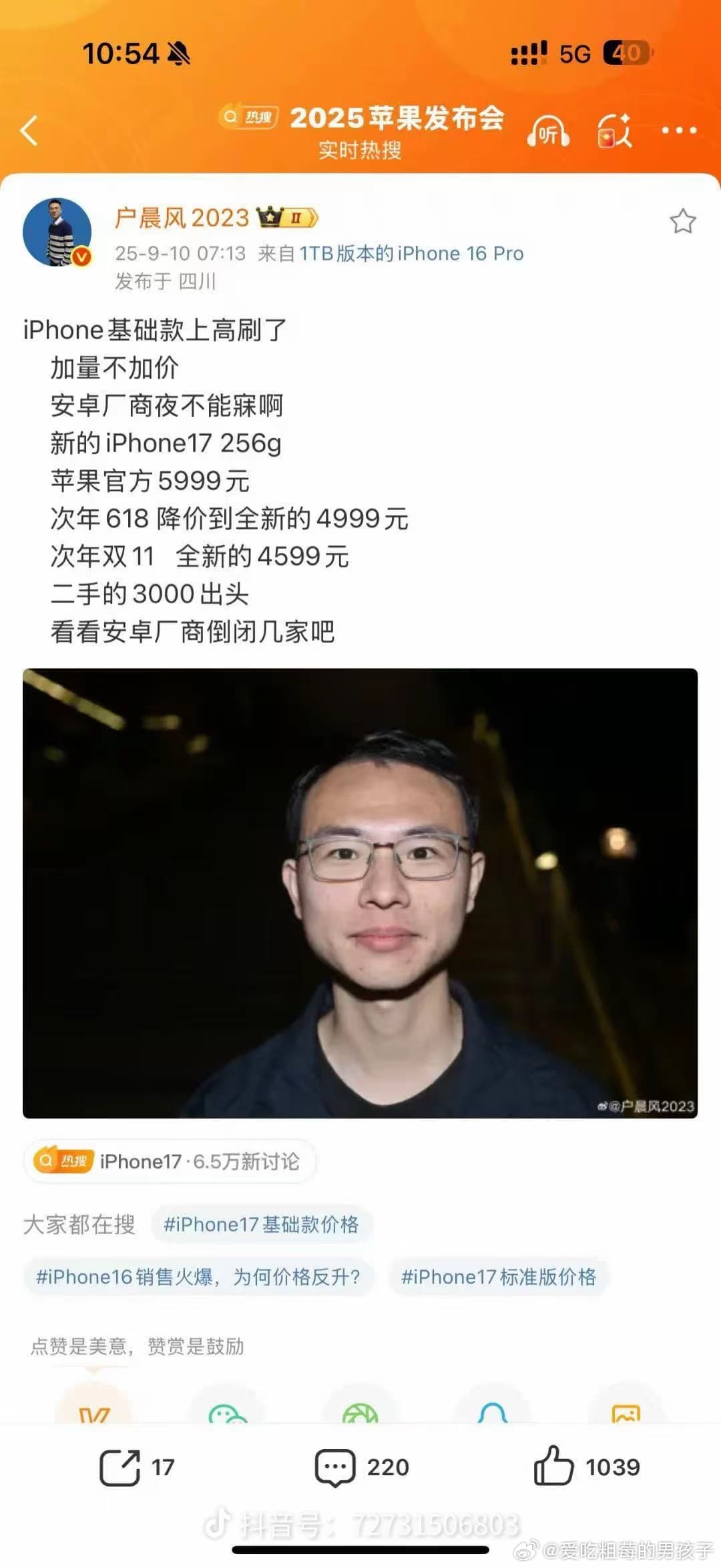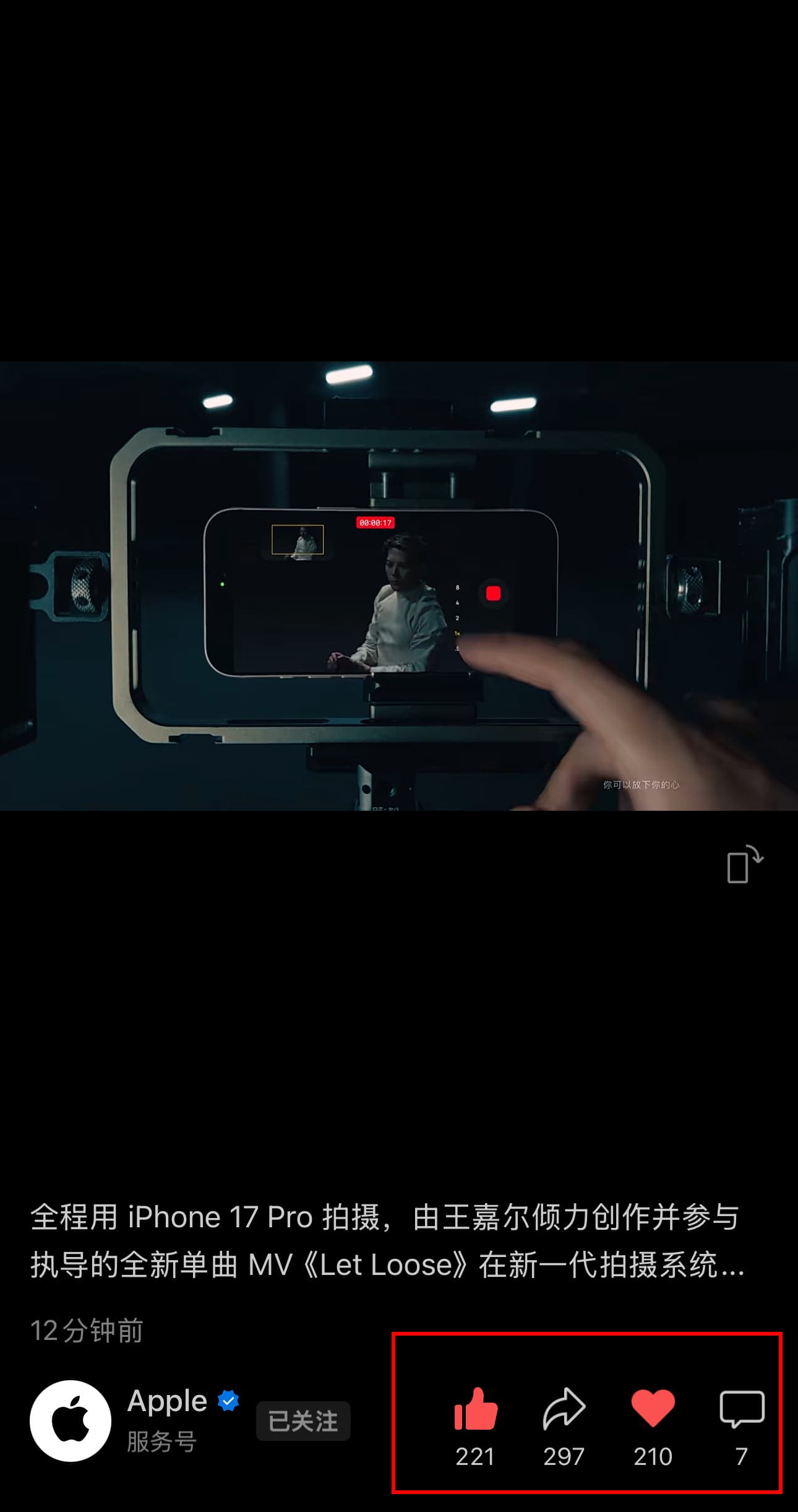Viral WeChat Tutorial Reveals Digital Divide in China: The Surprising Complexity of Posting Text-Only Content on WeChat's Moments
The recent buzz on Weibo, a popular social media platform in China, revolves around a seemingly mundane topic - how to post text-only content on WeChat's Moments, a feature similar to Facebook's timeline. However, the enthusiasm and controversy surrounding this topic have turned it into a viral sensation. The conversation started with a simple post detailing the steps to post text-only content on WeChat's Moments. The post, written in a casual and humorous tone, outlined the process: first, click on "Moments"; then, long-press the camera icon; and finally, input text and send.

25 March 2024
One user commented, "I got the impression that it's 2024, not 2023," humorously highlighting the perceived complexity of this 'new' feature. Another user quipped, "I thought I had time-traveled when I saw this.
All you have to do is long-press the camera key to post pure text." However, not all reactions were positive. Some users criticized the platform for not making this feature more accessible. One user commented, "Can't believe we need a tutorial for this. It's ridiculous." Another user expressed their disinterest, stating, "I haven't used Moments in a long time.

I don't really need this." The controversy surrounding this topic extends beyond the user's reactions. It also highlights the increasing complexity of digital platforms and the growing divide between users who are comfortable with technology and those who are not. This divide, often referred to as the 'digital divide,' is a significant issue in China, where internet penetration is high, but digital literacy varies greatly. In conclusion, the viral conversation about posting text-only content on WeChat's Moments may seem trivial, but it reveals deeper issues about digital literacy and the accessibility of digital platforms. As technology continues to evolve, it is crucial for platforms to consider the needs and abilities of all users, ensuring that everyone can participate in the digital world. This article is a part of our ongoing series examining the intersections of technology, society, and culture in China.
Previous stories have covered topics such as the impact of AI on the Chinese job market and the rise of e-sports in Chinese education. Stay tuned for more insights into the dynamic world of technology in China.
Share this article
Related Articles

Alipay Users Rush to Revoke Permissions Over Hidden Authorizations, Sparking Nationwide Privacy Debate
By Trending on Weibo
Tech
15 Sept 2025

Pinduoduo’s “Journey to the West” Campaign Delivers Free Shipping to China’s Remote Western Provinces.
By Trending on Weibo
Tech
12 Sept 2025

Apple’s iPhone 17 Pro Camera Ignites an Industry Arms Race, Democratizes Visual Storytelling, and Fuels Privacy Debate.
By Trending on Weibo
Tech
12 Sept 2025

Huawei Launches World’s First Mass‑Produced Tri‑Fold Smartphone, the Mate XT, Sparking a Premium Market Shake‑Up
By Trending on Weibo
Tech
12 Sept 2025

Jackson Wang Films “Let Loose” Music Video Entirely on Apple’s iPhone 17 Pro, Highlighting Mobile Filmmaking Power】
By Trending on Weibo
Tech
11 Sept 2025